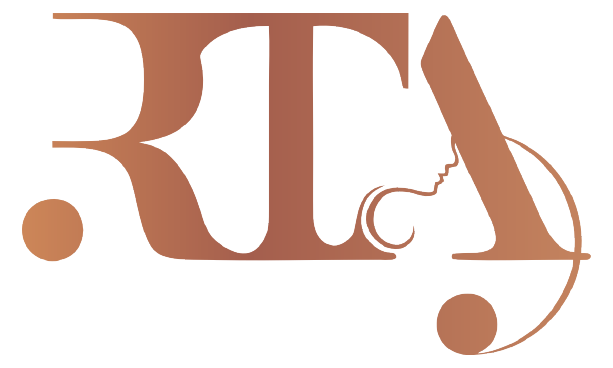Back pain is one of the most common ailments affecting millions worldwide. Whether caused by
poor posture, injury, or chronic conditions, it can significantly impact daily life. Fortunately,
physiotherapy offers a range of effective techniques to alleviate discomfort, improve mobility,
and promote overall wellness. In this blog, we’ll explore some of the most beneficial
physiotherapy approaches for back pain relief, explain how they work, and offer practical tips on
incorporating them into your routine.
Before diving into specific techniques, it’s essential to understand the nature of back pain. It can
be acute usually temporary and resulting from a sudden injury or strain or chronic, lasting more
than three months and often involving underlying conditions such as degenerative disc disease or
arthritis. Physiotherapy aims to address not only the symptoms but also the root causes of pain,
ensuring long-term relief and preventing future episodes.
One key technique is manual therapy, which involves hands-on methods such as massage to
relieve muscle tension and improve blood circulation, joint mobilization to gently move joints
and restore movement, and manipulation for quick, precise adjustments of the spine to improve
alignment. These methods can reduce pain and enhance the overall function of the spine and are
often combined with other treatments to create a comprehensive care plan.
Another cornerstone of physiotherapy is therapeutic exercise. A well-designed program can
strengthen core muscles to support the spine, enhance flexibility through stretching exercises that
improve the range of motion and decrease stiffness, and improve posture by correcting
imbalances and promoting proper alignment. Beneficial exercises include pelvic tilts, bridges,
and yoga poses like the cat-cow stretch. Working with a physiotherapist can help tailor these
exercises to your specific needs.
Modern lifestyles often involve prolonged sitting or standing, which can exacerbate back pain.
Postural training teaches individuals how to maintain healthy alignment throughout the day. This
can include ergonomic adjustments in the workspace, incorporating regular breaks to move and
stretch, and developing awareness techniques to recognize and correct poor posture habits.
Improving posture not only relieves back pain but also contributes to overall musculoskeletal
health.
Electrotherapy is another effective technique that uses electrical stimulation to reduce pain and
promote healing. Methods such as Transcutaneous Electrical Nerve Stimulation (TENS), which
delivers low-voltage electrical currents to disrupt pain signals, and ultrasound therapy, which
uses sound waves to increase blood flow and reduce inflammation, provide temporary pain relief
and are often used alongside exercise and manual therapy for a holistic approach.
Patient education and self-management are also crucial aspects of physiotherapy. Understanding
your condition empowers you to manage your symptoms effectively. This involves learning pain
management strategies to cope during flare-ups, adopting lifestyle modifications that support spinal health like regular exercise, proper nutrition, and stress management and continuing
prescribed home exercise programs to maintain progress.
Physiotherapy offers several benefits, including a non-invasive approach that avoids the need for
surgery or heavy reliance on medications. With personalized treatment plans tailored to
individual needs, many patients experience reduced pain, increased mobility, and an overall
improvement in quality of life. Additionally, learning proper posture and body mechanics can
help prevent future injuries and pain episodes.
Starting a physiotherapy program can be a game changer for managing back pain. It is important
to consult a professional to assess your condition and design a personalized treatment plan.
Consistency in practicing prescribed exercises and techniques is key to long-term relief, and
monitoring your progress can help fine-tune your program as needed. Recovery takes time, so
patience and gradual improvements are essential signs of positive change.
Physiotherapy offers a comprehensive, personalized approach to back pain relief that addresses
both symptoms and underlying causes. By combining manual therapy, therapeutic exercises,
postural training, electrotherapy, and patient education, individuals can achieve lasting
improvements in their back health. If you’re struggling with back pain, consider consulting a
physiotherapist to develop a targeted, effective treatment plan. Embracing these techniques can
pave the way for a more comfortable, active, and pain-free life.
